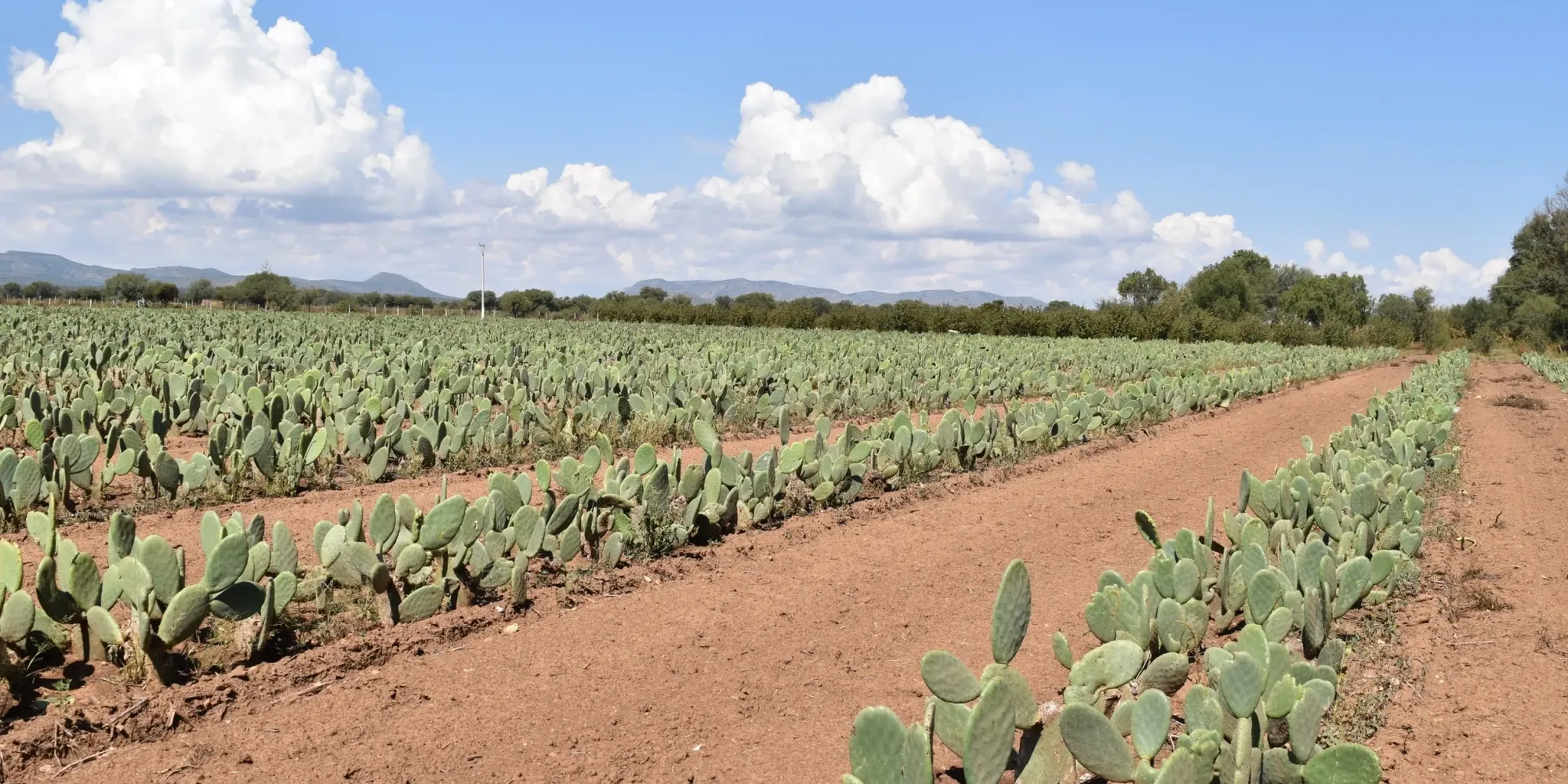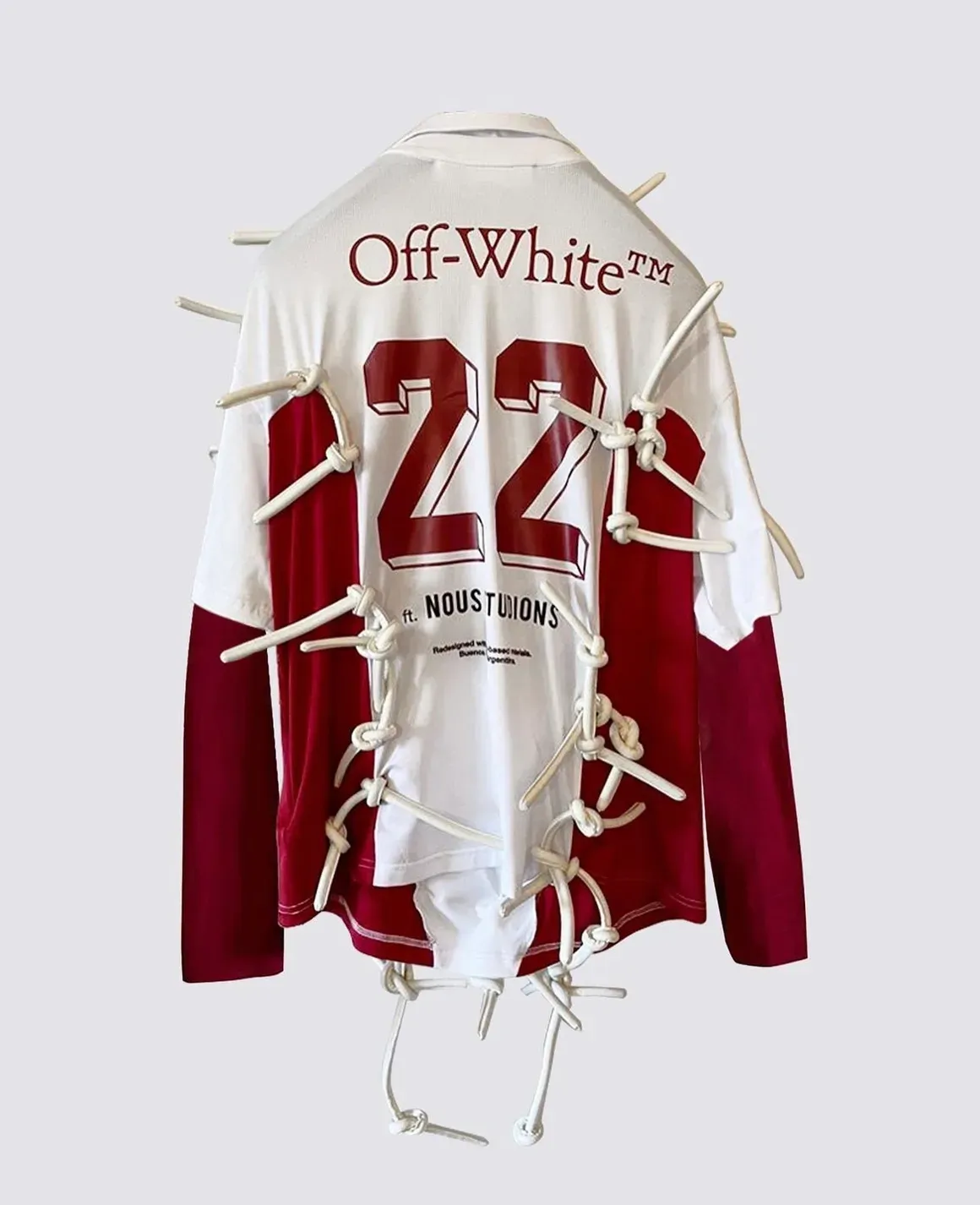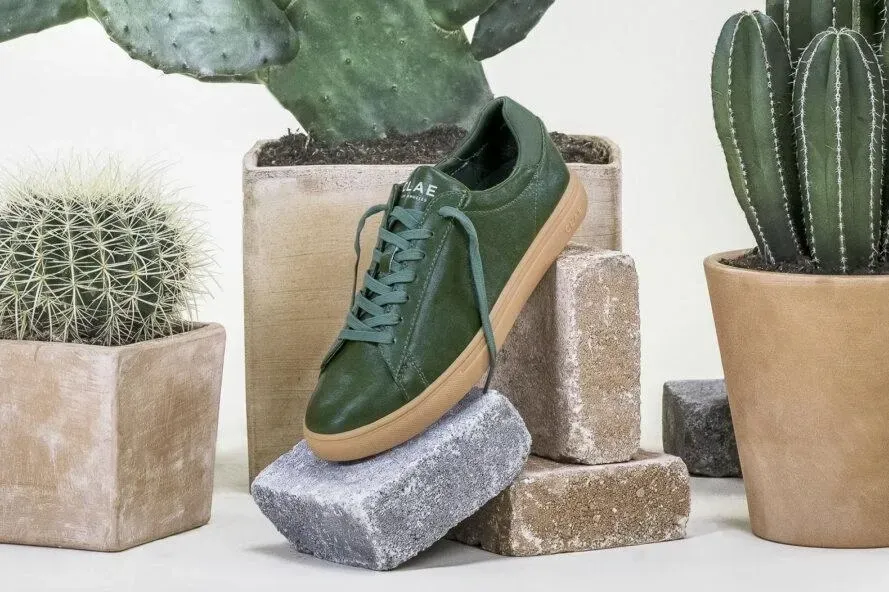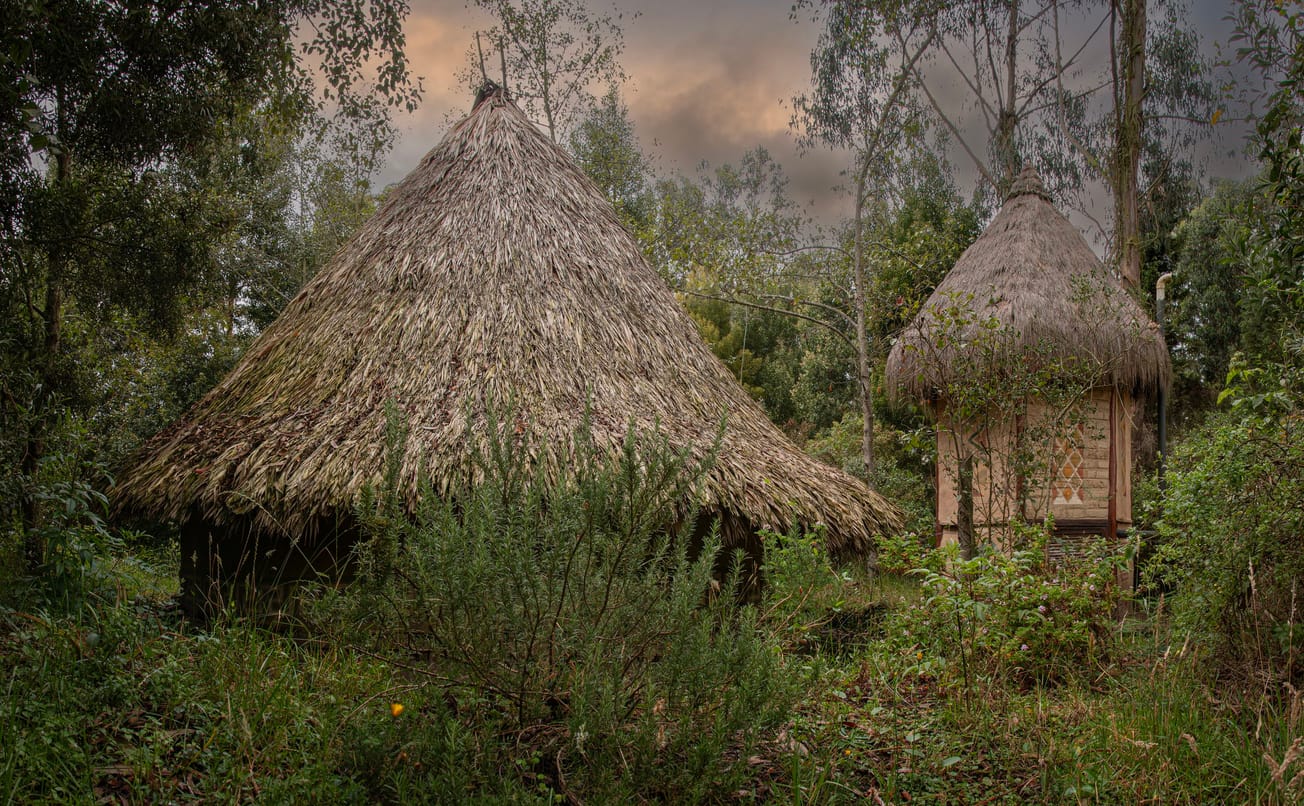In an age when sustainability is the clarion call and ethical consumerism is on the rise, we've witnessed the emergence of numerous new materials and processes in the fashion and design industries. Among these innovations, one that has been gaining increasing attention is cactus leather. As both consumers and industries seek alternatives to traditional animal-made leather, cactus leather has come to the forefront as a potential eco-friendly substitute. Its unique qualities and promise of sustainability have piqued the curiosity of designers, environmentalists, and conscious consumers alike. But how sustainable is this alternative, and can it truly revolutionize the way we think about leather products? By dissecting its production process and environmental impact we can begin to consider its potential to reshape the fashion and design landscape.
Cactus leather, often touted as the champion of sustainability, traces its origins to the nopal cactus, specifically the prickly pear cactus (Opuntia). This remarkable plant is hardy, resilient, and well-suited to arid landscapes—qualities that piqued the interest of eco-conscious creators. By harvesting mature cactus pads and processing them into a material reminiscent of traditional leather, the fashion industry had a newfound opportunity to reduce its carbon footprint. Yet, we find ourselves at the crossroads of eco-friendliness and pragmatism. While the cactus leather industry has undeniably made strides in promoting sustainability, we must approach this "green" solution with a critical lens, assessing its impact at every stage of production.
Desserto is currently the only major producer of cactus leather. The cultivation methods employed by the company are officially certified as organic, relying solely on natural rainfall for crop irrigation, thereby minimizing water usage. Their manufacturing process is energy-efficient, utilizing solar drying for the cactus mulch, as opposed to more energy-intensive mechanical methods. In the production of cactus leather, Desserto incorporates a bio-polymer, which contains components derived from renewable organic sources. This commitment to sustainability is exemplified by Desserto's recognition with the U.S. Department of Agriculture (USDA) Certified Biobased Product label. The dyes utilized to color the fabric are also sourced from organic origins. Notably, this manufacturing process generates a byproduct, which Desserto ensures is put to good use. A significant portion of this byproduct is repurposed as animal feed, benefitting farmers and enhancing its value. This byproduct is versatile and can find application in various industries beyond agriculture.

There are numerous attributes of cactus leather that make it a viable alternative to animal-based leather. Drought-resistant and thriving in environments inhospitable to many other crops, the nopal cactus is a poster child for sustainable agriculture. It necessitates minimal water, land, and resources, particularly when juxtaposed with the demands of livestock farming for conventional leather. Proponents laud the cactus's ability to flourish in regions suffering from severe water scarcity. However, while this certainly mitigates some of the environmental concerns associated with leather production, the picture remains incomplete. It is imperative to look beyond the cactus's thirst—or lack thereof—and consider the broader ecological impact of cactus leather production.
As consumers clamor for eco-friendly alternatives, the cactus leather industry has sprouted rapidly to meet demand. But with rapid growth come challenges. Cactus farms and processing facilities require energy, transportation, and infrastructure. We must question whether the carbon footprint of cactus leather production is as minimal as it initially appears. The transportation of cactus leather and its associated materials, such as dyes and binding agents, may involve long-distance shipping. The energy consumption during processing and the environmental effects of the dyes used in coloration must be scrutinized. Are we trading one set of environmental problems for another?
Cactus leather proponents tout its durability and biodegradability as key selling points. Indeed, its biodegradability means it will not contribute to the ever-mounting problem of plastic waste. However, let us remember that biodegradability is a double-edged sword. While cactus leather's eventual decomposition is eco-friendly, its durability suggests that items made from this material may have a longer lifespan, potentially reducing the frequency of replacements. This durability could foster a "throwaway culture," where people discard items not due to wear but fashion trends or dissatisfaction. This paradox warrants examination: Could the long-lasting nature of cactus leather inadvertently fuel unsustainable consumption patterns?
The ethical dimension of cactus leather production extends beyond environmental concerns. We must inquire into the labor conditions and socio-economic implications within the cactus leather industry. Are workers fairly compensated? Are they subjected to harsh working conditions? Does the proliferation of cactus leather create new opportunities for marginalized communities? Cactus farming and processing have the potential to bolster local economies, especially in regions where conventional agriculture may be challenging. However, this benefit hinges on equitable practices, fair wages, and responsible management.

Another critical facet of sustainability is affordability. As cactus leather gains popularity, it's important to scrutinize the price point. Is cactus leather accessible to a wide range of consumers, or does it remain a luxury item? While affordability is essential for widespread adoption, it must not come at the expense of fair compensation for those involved in the production chain.
Cactus leather's versatility extends far beyond the realm of fashion accessories. Renowned fashion brand Off-White has already ventured into incorporating this sustainable material into their designs, emphasizing its potential as a luxury fashion component. Furthermore, shoe apparel is an area where cactus leather's durability and comfort shine. Leading footwear brands are recognizing the value of this eco-conscious alternative, with the potential to revolutionize the shoe industry by offering consumers stylish, comfortable, and eco-friendly options. As we explore the applications of cactus leather, it becomes evident that it has the potential to make a lasting impact across diverse sectors of the fashion and design world, from high-end fashion to everyday footwear.

Cactus leather, like any innovation, is not a panacea for the myriad environmental and ethical issues tied to leather production. It is but one branch of a diverse ecosystem of alternatives that aspire to address the fashion industry's sustainability challenges. To determine the true sustainability of cactus leather, we must consider its entire life cycle—from cultivation and processing to transportation, use, and disposal. We must examine the broader context of global production, labor practices, and socio-economic implications. As the cactus leather industry continues to burgeon, it is imperative to hold it accountable to the lofty sustainability standards it purports to uphold.
In the pursuit of sustainable fashion and design, cactus leather has emerged as an alluring prospect. Yet, its sustainability claims are not devoid of thorns. The environmental and ethical landscape of cactus leather production is complex, and marked by trade-offs and nuances. As consumers, designers, and critics, we have the responsibility to demand transparency and accountability from the cactus leather industry. While it offers a promising path toward a more sustainable future, we must navigate this thorny terrain with discernment and a vigilant eye.
Cactus leather may not be the ultimate answer to the fashion world's sustainability conundrum, but it serves as a reminder that innovation, sustainability, and ethical responsibility are interwoven—each dependent on the other for a truly sustainable future. The question remains: Can cactus leather truly deliver on its promise, or will it remain a symbol of the fashion industry's ongoing struggle to balance style with substance? Only time will tell, and we must continue to ask the tough questions along the way. One thing is for sure – it is absolutely an ideal alternative to the devasting reality of the deeply unsustainable leather industry.









